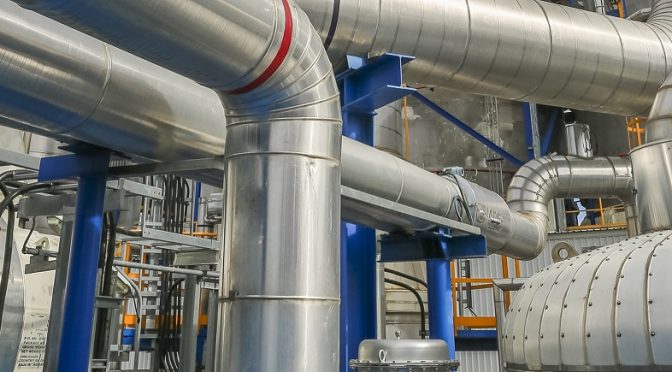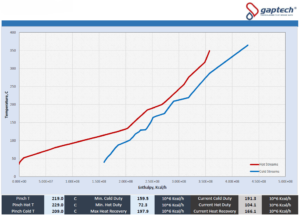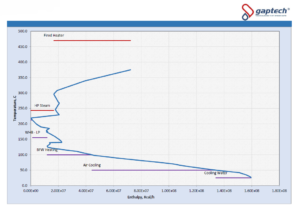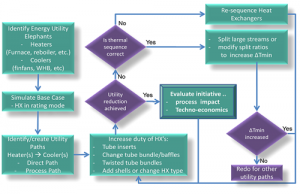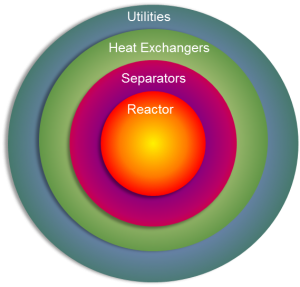Pinch Analysis
Pinch analysis is a methodology for minimizing energy consumption of chemical processes by calculating thermodynamically feasible energy targets (or minimum energy consumption) and achieving them by optimizing heat recovery systems, energy supply methods and process operating conditions. It is also referred to as process integration, heat integration, energy integration or pinch technology.
Pinch analysis is a tool for process integration. Through pinch analysis the minimum hot and cold utilities demands can be thermodynamically predicted with given operating temperatures and Minimum Approach Temperature (MAT). These minimum utility demands (called targets) can be met by following pinch rules for Heat Exchanger Network (HEN) design.



